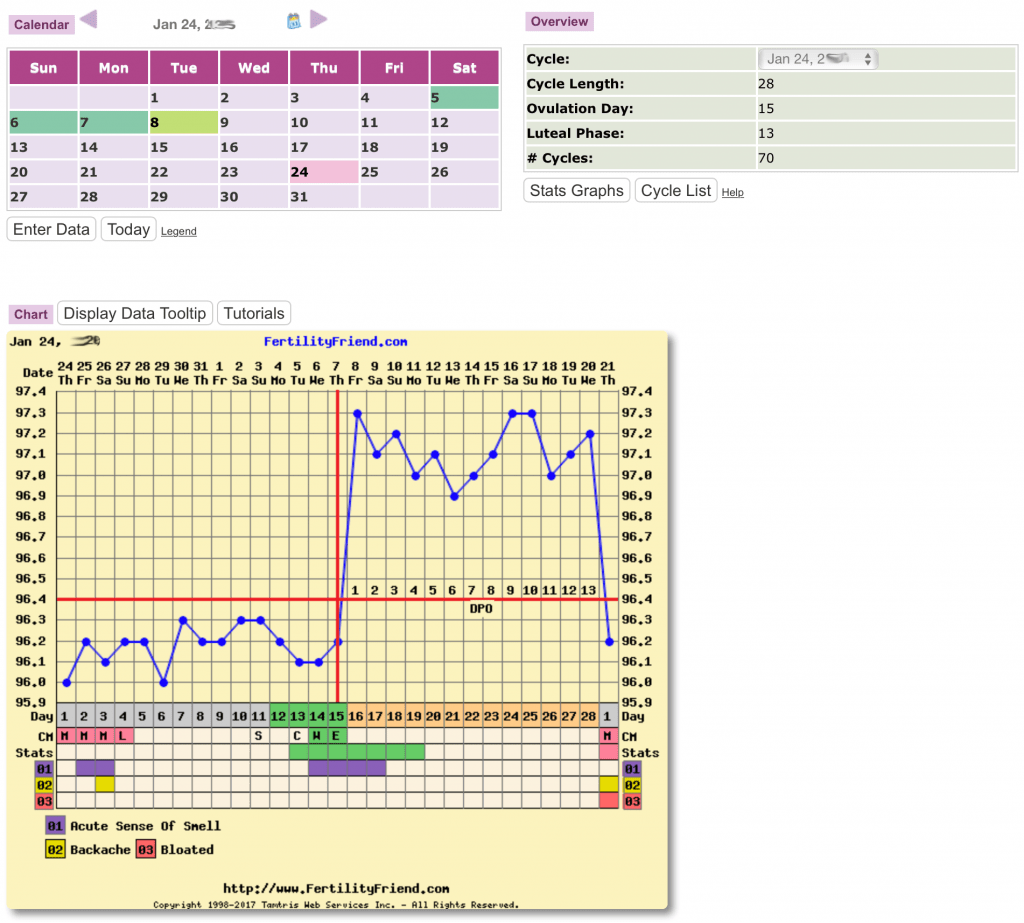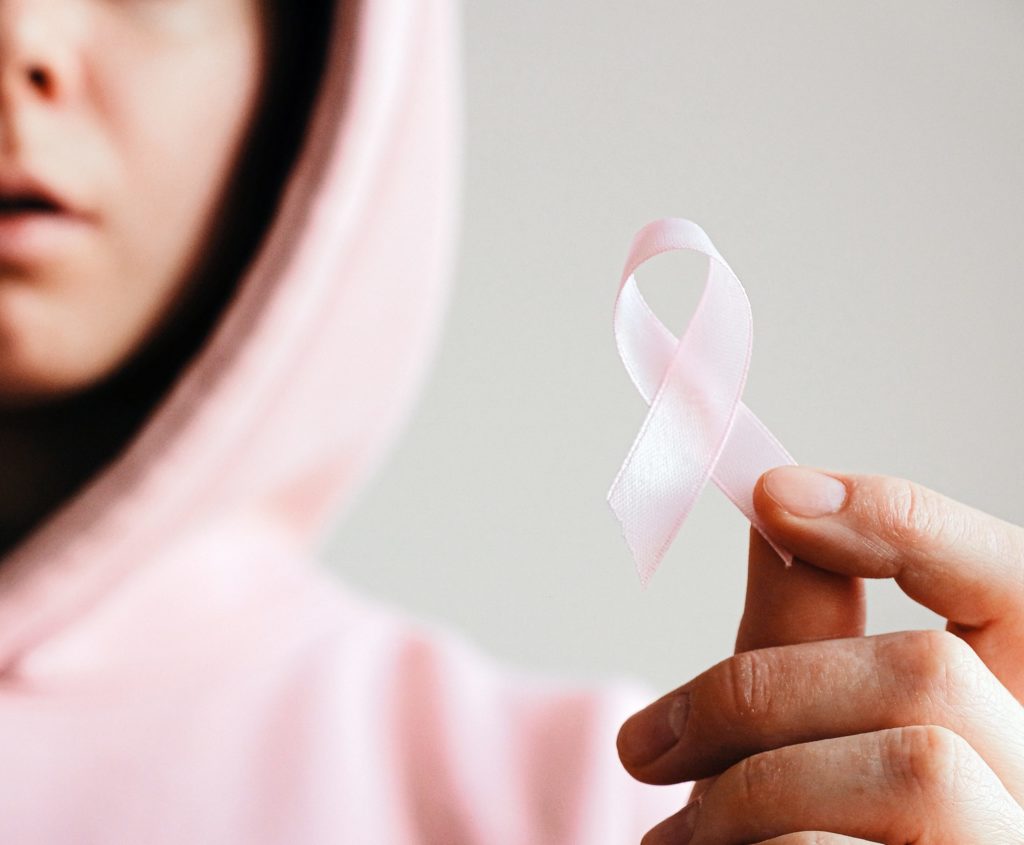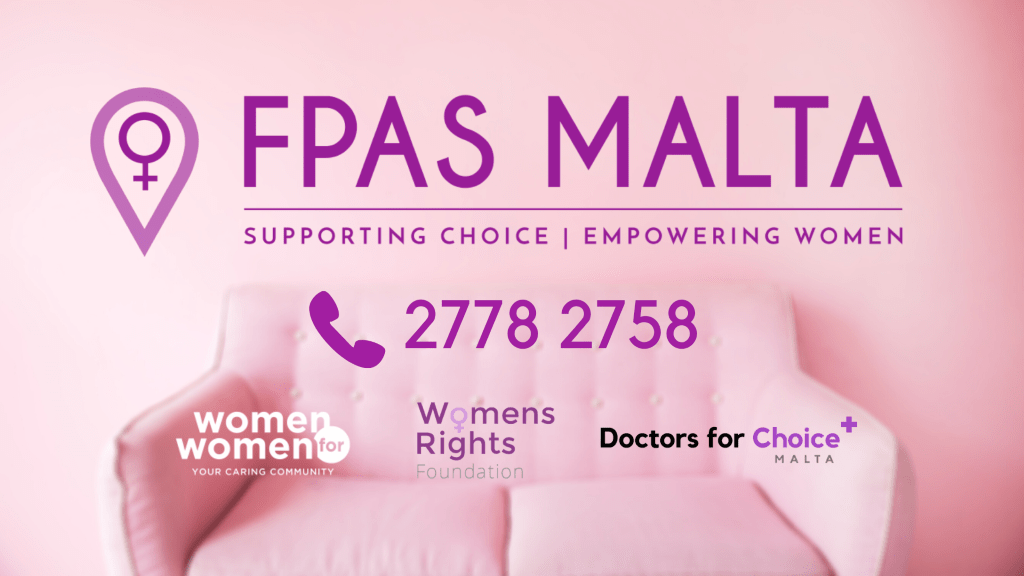
“And right then I knew I was screwed! I had failed in calculating ovulation well. I realised the very next day that I had gotten pregnant!“
Time changes, circumstances change. There’s a time for trying to conceive, and a time to avoid pregnancy altogether. Just over a decade ago I was anxiously trying to conceive for the second time, but was finding it really hard to do so! Later on, half a decade later, I was desperate to not get pregnant. But life sometimes doesn’t present us with what we want… I will be sharing my experience with you – the struggles, the messing-up, the unexpected, the learning, so that you can learn from my mistakes and hopefully gain the outcome that you’re after in a natural way through calculating ovulation.
Struggling to Conceive…
Having gotten pregnant unexpectedly with my first child, I thought I would conceive right away when I wanted to have my second baby. WRONG! Months flew by, and the more I was desperate to get pregnant, the more difficult it seemed. But then I thought about trying Fertility Friend that promises to help with fertility in an easy way when through helping you in calculating ovulation. This method has been used for quite some time now, and it’s most commonly known as a method of natural family planning. By calculating ovulation through observation of natural fertility signs, you can identify your fertile window to enable you to time intercourse if trying to conceive, or use further protection if you don’t want to get pregnant – hmm or maybe not.
I decided to give Fertility Friend a try and I started calculating ovulation by monitoring my body’s signs, and charting them on the FertilityFriend app, and it happened. I got pregnant! The key was to start having intercourse days before ovulation was due, and up to the time I confirmed that ovulation had passed. Timing was pretty much the most important thing in my case that helped me (and we were about to start undergoing fertility tests to determine if there were any problems with him or myself when that happened).
The Method Used
As I said I used Fertility Friend a free app that you can download for both Apple and Android that helps with calculating ovulation. This is achieved through observing various changes that your body goes through with each monthly cycle. Fertility Friend allows you to insert all the data observed in one single app, and helps with predicting your most fertile days based on your cycle, and actually calculating ovulation date once it is certified through the noted signs collectively.
Understanding your monthly cycle
You need to start by understanding your monthly cycle – this starts from the first day of your period, to the day before your next. If you are charting using a fertility app such as Fertility Friend, your first day of your period will automatically start a new chart. The first part consists of your cycle starts with the days you have your period. This is called the Menses. Following the Menses is the Follicular Phase where your body starts preparing to ovulate. You are the most fertile at the end of this phase, which is characterised by the hormone called Estrogen. Once you ovulate at the end of the Follicular Phase, you enter the Luteal Phase.
Listed below are changes that you can easily observe and list within this app so as to help you with calculating ovulation:
- Basal Body Temperature (BBT)
Your basal body temperature is your waking temperature. This can be recorded using a BBT thermometer. A digital thermometer can be very convenient and easy to use in this case. The BBT should be taken preferably at the same time every day as soon as you wake up after a solid block of sleep and before doing anything else. Be consistent with the method of temperature recording every single day. When you start recording your daily temperature you should notice an increase of the average daily temperature after your ovulation. This rise is usually about 0.4F (0.2C), however it may vary. Always record both the temperature and the time in which you took it.
- Cervical Fluid (CM)
This fluid, otherwise called Cervical Mucus, changes throughout your menstrual cycle depending on your fertility status. This can be easily observed on toilet tissue when you go to the bathroom. After your period you may have dry or sticky mucus, which after some time starts getting creamier, similar to a lotion. When you are at your most fertile, this cervical mucus becomes slippery, very similar to raw eggwhite. After you ovulate, cervical mucus dries up quickly.
- Cervical Position (CP)
The cervix position is a secondary optional fertility sign that you can use with other mentioned signs to ensure accurate pinpointing of your ovulation. The cervix changes throughout the menstrual cycle in response to the hormone estrogen. When you are not fertile, your cervix is closed, firm and low, and it’s texture resembles the tip of your nose. As your ovulation approaches and you are at your most fertile, your cervix opens up, becomes soft and high and is harder to reach. It’s texture now resembles your lips. After ovulation, your cervix closes, returns to a lower position, and becomes firm again.
If you choose to document your cervical signs, make sure you clean your hands well before doing so, so as to avoid infections. Check your cervix once a day starting from after your period ends and right after you empty your bladder. Always do so at the same time every day since it may change throughout the day. In addition to this, use the same position to check your cervix so you can calculate your cervical height well. Some helpful positions to check your cervix are squatting or placing one foot on a stool (or toilet seat). Your cervix can be felt at the back of your vagina by inserting one or two fingers. Then observe through touch: is it high or low? Does it feel soft like your lips or firm like the tip of your nose? Does it feel open or closed? Does it feel wet or dry? Record your observations together with the others for more accuracy.

Using Fertility Friend as Contraception…
I wanted to have no more than two children, so I kept charting my body’s signs to determine exactly when it was safe to have sex without getting pregnant and when it wasn’t. My ovulation happened like clockwork month after month on the 16th day. So we usually had sex up until the 10th day of my cycle, used condoms from then until I was certain my ovulation had passed, based on the temperature rise after ovulation. I was blessed. I had no problem avoiding getting pregnant!
Or so I thought…
As usual we had sex in the early days after my period stopped. After all, my ovulation happened every 16th day. Little did I know that on that particular month, my ovulation was going to happen on the 11th day instead! I confirmed this on the 12th day when there was a clear rise in my fertility chart! And right then I knew I was screwed! There was no way to know before it happened, but I knew the very next day that it had!
Just as I thought, my period didn’t come that month. Instead I witnessed my temperature rise further than before, which is a clear indication that one has gotten pregnant. I was doomed. I didn’t want to have another child, but now it was on the way. I confirmed it with a pregnancy test.
Baby Boy or Baby Girl?
When I went to the GP to have a referral made for my first visit to the hospital, there was a lovely doctor who I felt very comfortable talking to. I explained to her what had happened briefly…my ovulation had somewhat moved to 5 days before usual, and I had gotten pregnant with the intercourse we had had 3 days before. She seemed quite interested and wanted to see the charting I had kept as well. Seeing it she remarked that in my situation, having known exactly my ovulation date as well as the last day I had had sex, I was able to test the theory that having sex three days before ovulation would make me conceive a girl, while having sex on ovulation day up to a day after would make me conceive a boy. Is it a reliable theory? I don’t know, and from what I’ve found it’s not quite proven. But in my case, yes, I gave birth to a girl!
Considerations
There are some considerations you need to take when calculating ovulation to conceive or to avoid pregnancy (remember my story…be careful, always!). Take the time to familiarise yourself with the app you use to input data. Monitoring all signs ensures a better overall picture of your cycle.
By plotting your daily temperature you will know your ovulation has passed after it does so. This means that if you are using this method to avoid pregnancy, be careful! Use additional protection especially until you are sure your ovulation has passed by at least 3 days. If you are using Fertility Friend, the app itself will mark your ovulation based on the information you input after 3 consecutive days with a risen temperature. BUT do not rely on the app’s prediction if you don’t want to become pregnant. Observe other mentioned signs to be sure. Remember that your ovulation date may change with any given month (like what happened in my case). If the ovulation date comes earlier than predicted and you have unprotected sex up to 5 days before it, you may get pregnant. The safest time to have sex if you don’t want to get pregnant whilst using this method is after your ovulation is confirmed through all signs collectively.
With regards to cervical signs observation, as mentioned above, the cervix feels open when it is in the most fertile phase. However, women who have had children may notice that their cervix doesn’t feel fully closed, even when they are not fertile. This is a normal observation. If you fall in this category you will notice that your cervix will still be more open when you are at your most fertile. Do take into consideration that cervical observation may take a bit longer to get used to, so do not fully rely on these signs unless you have familiarised yourself with these observations for at least two-three months.
If you are trying to conceive, you can start having intercourse when noticing lotion-like textured cervical mucus, as that is a sign that you are nearing ovulation. Once you notice eggwhite-like mucus, you are about to ovulate. This is the best time to have intercourse if trying to conceive. Once you notice a rise in your temperature readings (and a spike in your app chart that is consistent for at least 3 days), your ovulation has passed.
Important Notes…
- Unprotected sex won’t protect you from STD’s. Have your partner use a condom if you are concerned about infections or STD’s.
- NEVER rely on a fertility app’s predictions. Instead, take note of all methods mentioned above to confirm when your ovulation happens, especially if you DON’T want to get pregnant!
- If you do NOT want to get pregnant, use additional protection such as a condom from the beginning of your cycle until at least 3 days after you confirm that ovulation has passed. Remember that even if your cycle is like clockwork, your ovulation may happen days before, and if this happens, by having intercourse during or after your period, you can still get pregnant.
- If you are interested in taking oral contraceptives, talk to your family GP for guidance.
- If you are breastfeeding, remember that there is no stipulated time for your first ovulation to happen in. It could be 2 months, it could be 20 months. DO NOT take it forgranted that you are safe, even if you are exclusively breastfeeding. There is no telling when your first ovulation may happen, and having intercourse around that time will probably result in pregnancy.
- If you have been trying to conceive for a year or more without any success, it is best that you consult your gynaecologist for further guidance.
Wham recommends:
What customers say…
I have long wanted to use this thermometer from femometer. It arrived extremely fast. The set up was so easy and simple once the battery was inserted. I highly recommend this product and app for women who want to track their monthly cycles with out the hassle of writing it all down.
Femometer customer testimonial
This is basically a normal thermometer that can be used to monitor your temperature for the use of ovulation purposes and to record your details via the app which is very helpful, easy to use and easy to monitor. This is also a normal thermometer which can simply be used for the family also to check for temperatures. The tip is rubber so can be used orally or under arm and is easy to wipe and keep clean.
Handy kit with the link to the app for ease of use and would also make a nice gift for someone trying to conceive! Recommended.
Easy@Home customer testimonial
With COVID the obvious concerns at the moment, I wanted to ensure that my family was safe and that we had a reliable tool to tell if we had a temperature. Thankfully this product does everything that I need. It is simple to use and gives a very clear display of your current temperature. It also shows with a clear “happy/sad face” if you are unsure what a normal temperature is.
To use, you simply press and hold the on the “On button” and then place under the tip of the device under the tongue until it beeps. You then read the display and you are down. Simples.
It comes with full instructions should you need them. I thoroughly recommend this thermometer! 5 stars
Hylogy customer testimonial

Mariposa’s Blog features real experiences and emotions written by a mother and her daughters. Together they cover various aspects in relation to the journey of life, such as emotions, fertility, domestic violence, student struggles, female issues, teen problems, health and childhood education material and much more.
Click here to check out Mariposa’s Blog bio as well as a list of all its Wham published articles





